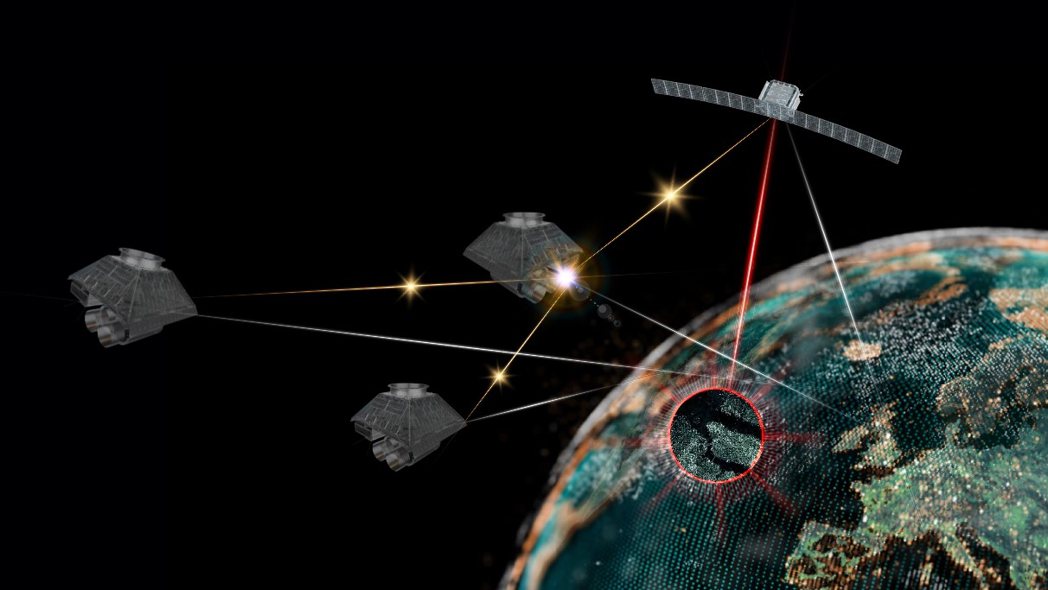2024-01-02 17:15

In discussions about satellite communication, thoughts often turn to providing connectivity in remote areas where traditional networks fall short. In the US, 85% of the land lacks internet coverage, and Taiwan’s network is concentrated in specific regions. Satellites offer a lifeline to these digitally deprived areas.
However, deploying traditional networks in such remote areas is often financially unviable. Elon Musk’s claim of Starlink’s $30 billion cost raises questions about the feasibility of satellite communication’s deployment costs in remote regions.
While traditional operators hesitate, Starlink and other satellite-based networks have already gained 2.2 million users, generating $2.4 billion annually and turning a profit.
In urban areas, satellite networks face challenges due to installation limitations. Yet, the success of Starlink’s 2.2 million user base, which includes both rural and urban customers, challenges initial perceptions.
Starlink’s innovative roaming plan, allowing users to carry broadband wherever they go for $150 monthly, has attracted 300,000 subscribers, contributing $30 million monthly to Starlink’s revenue.
The author, co-founder of D-Link and founder of Alpha Network, is currently involved with SWaRT, shedding light on satellite communication’s potential to bridge digital divides in both rural and urban landscapes.
The containt is referenced from:
https://money.udn.com/money/amp/story/5629/7681199


